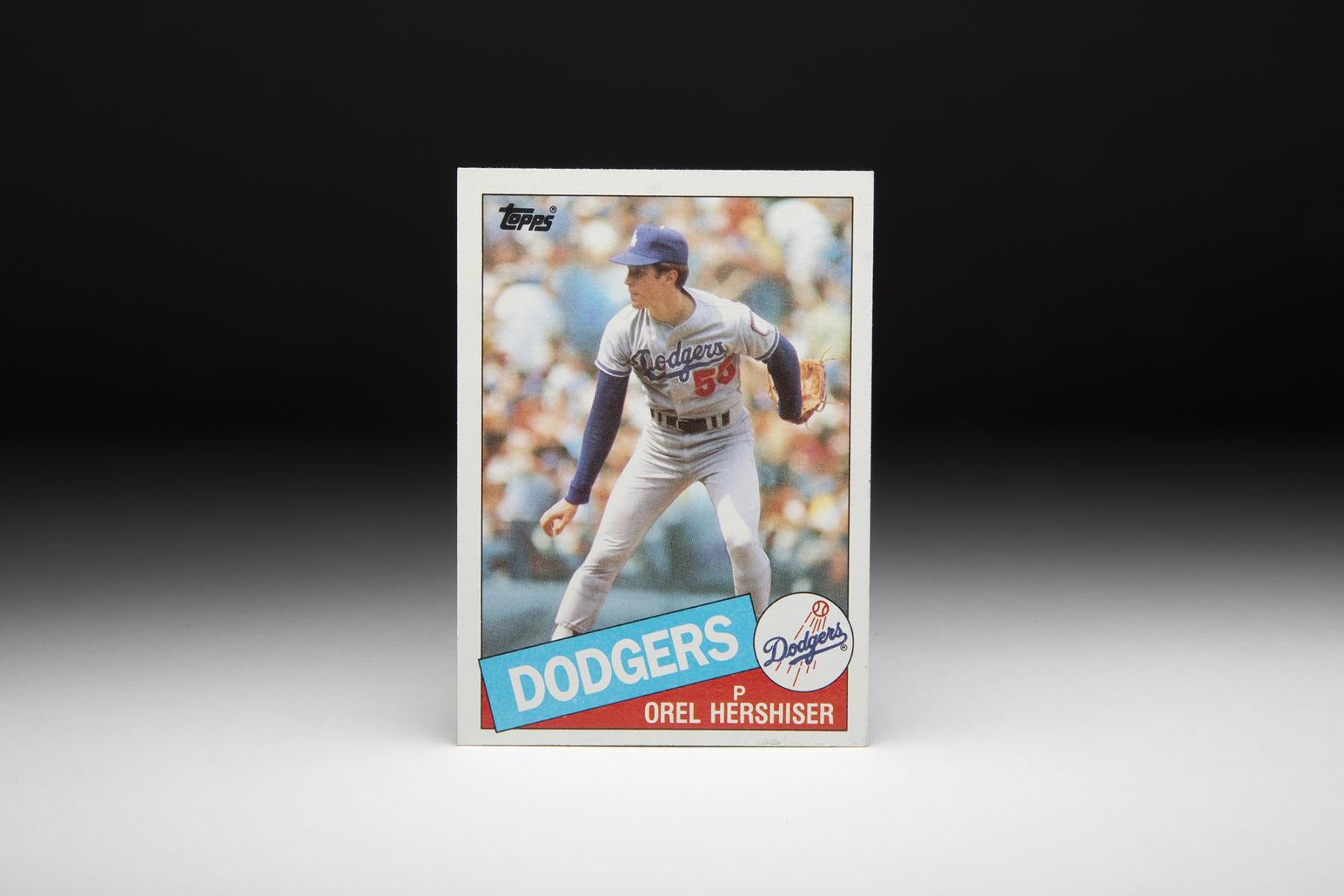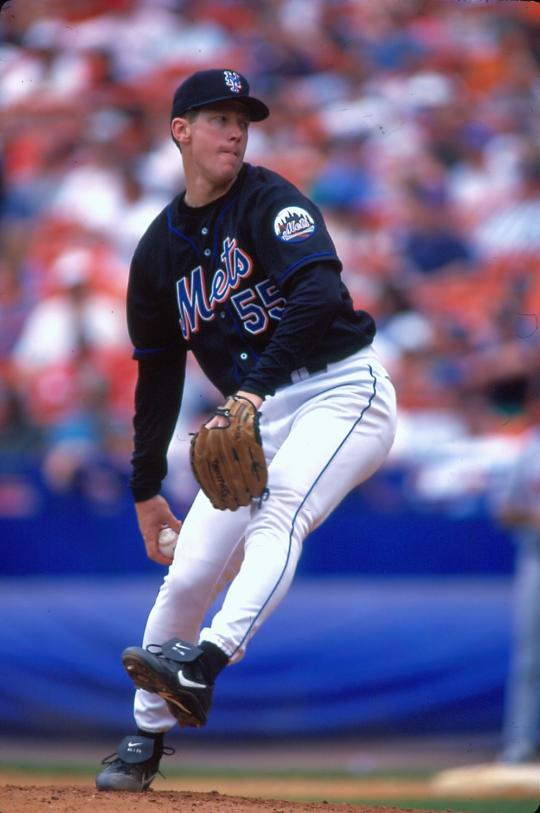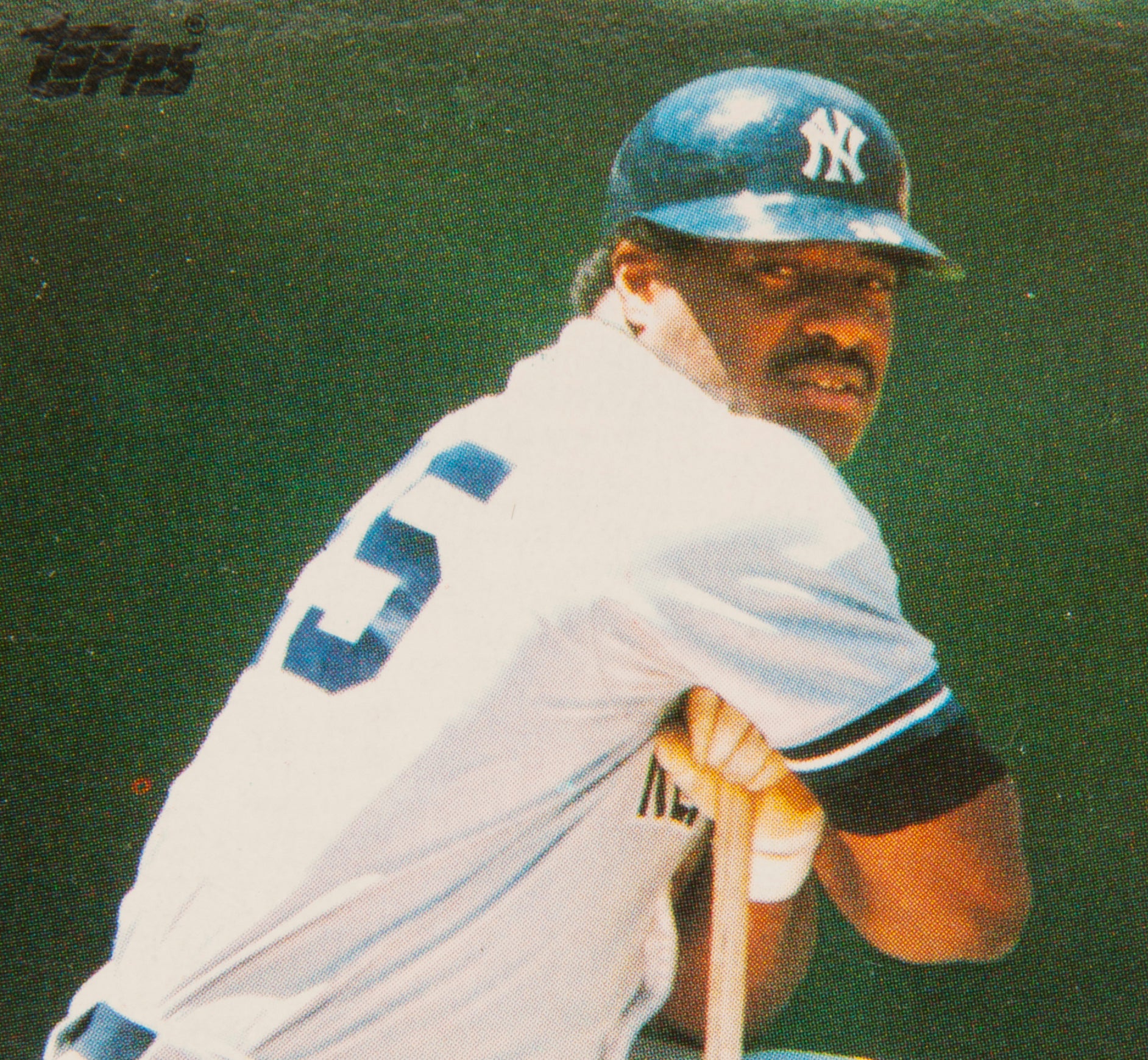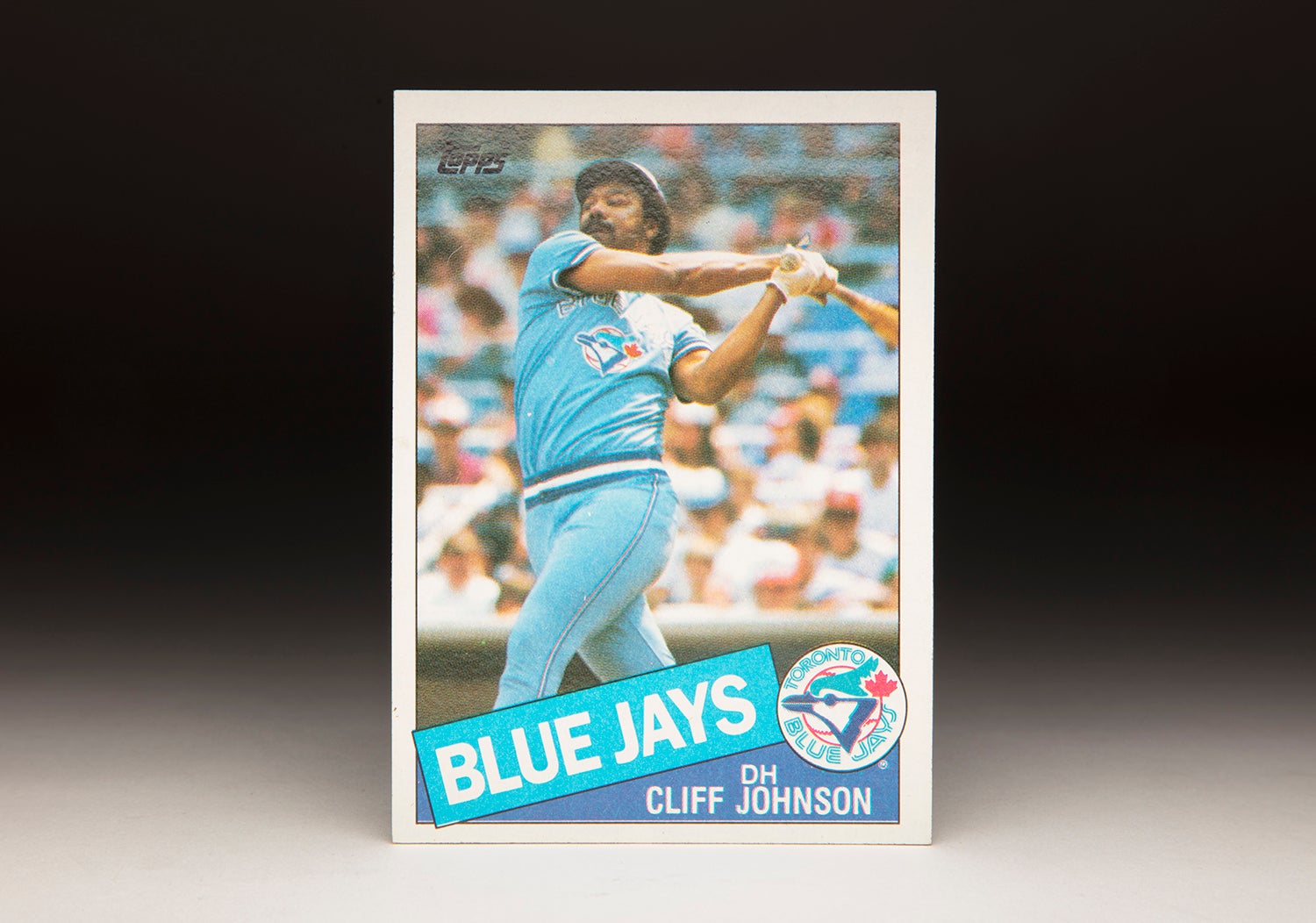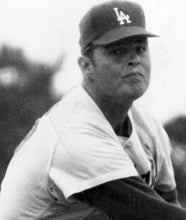- Home
- Our Stories
- #CardCorner: 1985 Topps Orel Hershiser
#CardCorner: 1985 Topps Orel Hershiser
They called him “Bulldog”, a nickname that seemed a mismatch when Orel Leonard Hershiser IV took the mound with his boyish looks and mild-mannered personality.
But once he was on the field, few pitchers ever competed like Hershiser – who was at his best when the pressure was greatest.
Dodgers Gear
Represent the all-time greats and know your purchase plays a part in preserving baseball history.
Born Sept. 16, 1958 in Buffalo, N.Y., Hershiser attended high school in Cherry Hill, N.J. and pitched at Bowling Green University in Ohio before being taken in the 17th round of 1979 MLB Draft by the Dodgers.
Groomed as a reliever in the minors, Hershiser earned a call-up to the big leagues in 1983, then worked his way into the Dodgers’ rotation in the early summer of 1984. From his second through seventh starts of his big league career in a 30-day span starting on June 29, Hershiser threw four shutouts, setting the baseball world ablaze with talk of his pinpoint control and unrelenting toughness.
He finished the 1984 season with an 11-8 record and a National League-best four shutouts, placing third in the NL Rookie of the Year balloting. In 1985, he was even better – posting a 19-3 record and a 2.03 ERA to finish third in the NL Cy Young Award voting.
After leading the NL in innings pitched (264.2) in 1987 and earning his first All-Star Game selection, Hershiser put together a season for the ages in 1988. He led the Dodgers to the NL West title with a 23-8 record, including a league-best 15 complete games and eight shutouts. En route, he worked 59 straight scoreless innings – breaking the record of 58 2/3 set by former Dodgers pitcher Don Drysdale.
“I never thought I would break this record,” said Hershiser after setting the record with 10 scoreless innings against the Padres on Sept. 28, 1988. “I thought nobody would break this record. But now I think somebody can break it because I’m nobody special.”
But the best was yet to come for Hershiser in the 1988 Postseason.
After receiving a no-decision in Game 1 of the National League Championships Series against the heavily favored Mets, Hershiser returned to start Game 3 three days later when rain added an extra off day to the schedule. As in Game 1, Hershiser received a no-decision when the Dodgers bullpen could not hold the lead.
The next day in Game 4, Dodgers manager Tommy Lasorda called on Hershiser to put out the fire in the bottom of the 12th inning, preserving Los Angeles’ 5-4 win. Hershiser then started Game 7 on two days’ rest, shutting out the Mets on five hits to put the Dodgers in the World Series.
Against the Athletics in the Fall Classic, Hershiser blanked Oakland’s powerful offense in Game 2, then returned to the mound on three days’ rest in Game 5 – allowing just two runs on four hits in the series-clinching win.
“The first thing that comes to mind with everybody is the tremendous competitor he is,” Dodgers teammate Mike Scioscia told the Associated Press. “But that’s just scratching the surface of what a tremendous human being he is.”
Hershiser was named the MVP of the World Series following his MVP performance in the NLCS. Of Hershiser’s final 101 2/3 innings in 1988, 96 were scoreless.
“My life will be divided in two parts,” Hershiser said. “Before ’88 and after ’88.”
After 15 wins and a fourth-place finish in the 1989 NL Cy Young Award vote, Hershiser missed most of the 1990 season following reconstruction of his right shoulder. His trademark curveball no longer had its bite, but Hershiser remained an effective pitcher – and became a coveted free agent when play resumed following the strike in 1995.
The Cleveland Indians signed Hershiser to stabilize a young rotation, and he responded with 16 wins in helping Cleveland capture its first American League pennant in 41 years.
“When I was younger, I did a little more tinkering,” Hershiser said of his pitch sequencing as he aged. “I used to tinker with pitch sequences, try things out here and there, but now I completely invent new ones.”
In the 1995 Postseason, Hershiser reprised his dominant ways, winning the ALCS MVP and running his career Postseason record to 7-0 before losing Game 1 of the World Series. After falling to the Braves in the Fall Classic, the Indians returned to the Postseason in both 1996 and 1997, with Hershiser winning a combined 29 games over those two seasons.
He pitched for the Giants in 1998 and the Mets in 1999 before finishing his career with the Dodgers in 2000.
He totaled 204 wins against 150 losses, posting a 3.48 ERA and 25 shutouts. Hershiser was named to three All-Star Games, won a Gold Glove Award in 1988 and a Silver Slugger Award in 1993.
In the Postseason, Hershiser was 8-3 with a 2.59 ERA in 22 appearances, including 18 starts. He remains the only player in history to win both the NLCS and ALCS Most Valuable Player Awards.
“To have had the ball in my hand for the last pitch of the World Series and to be the one being mobbed, that was special,” Hershiser told the Associated Press when he retired on July 6, 2000. “The individual awards, they can get dust on them. The championship things, that multiplies.”
Craig Muder is the director of communications for the National Baseball Hall of Fame and Museum

